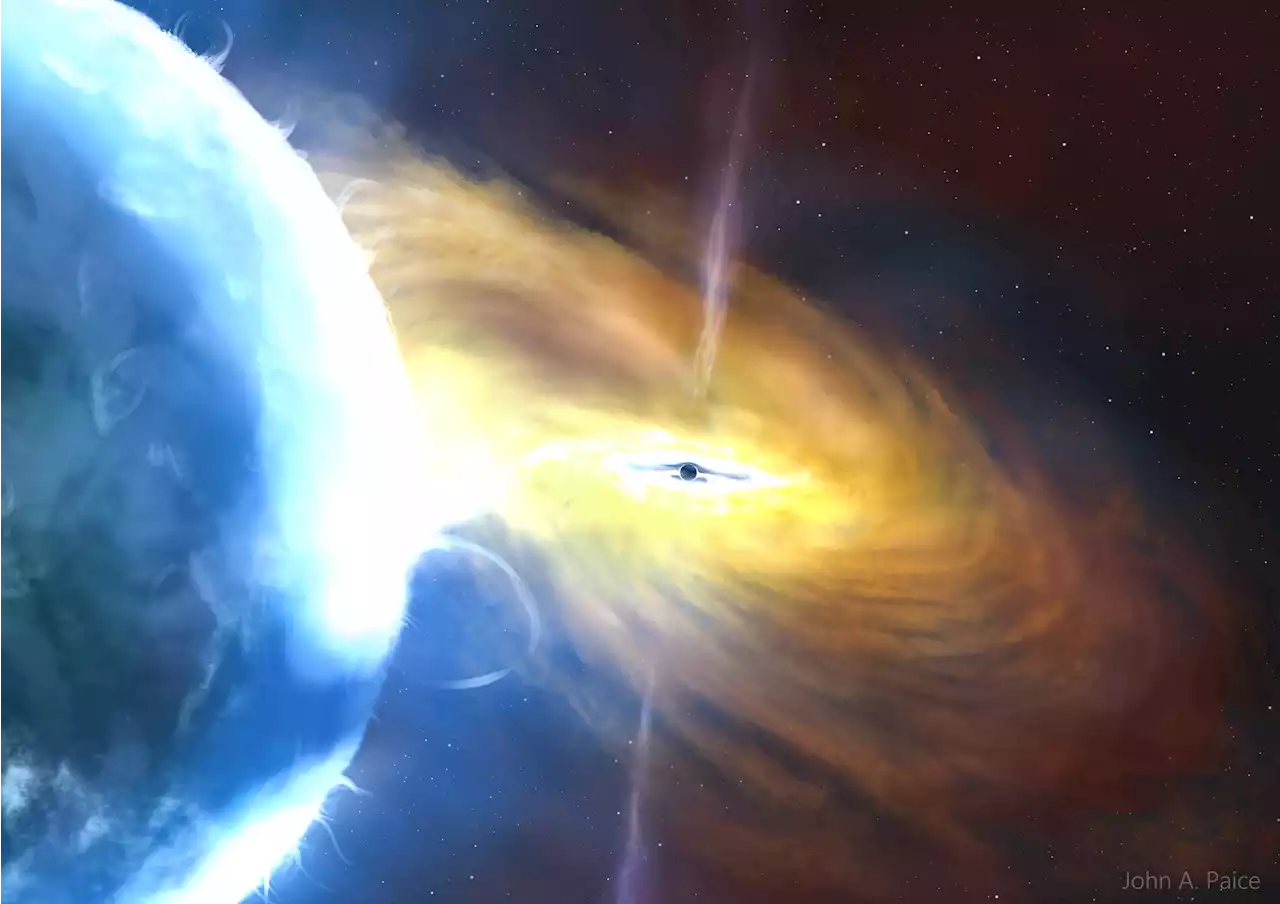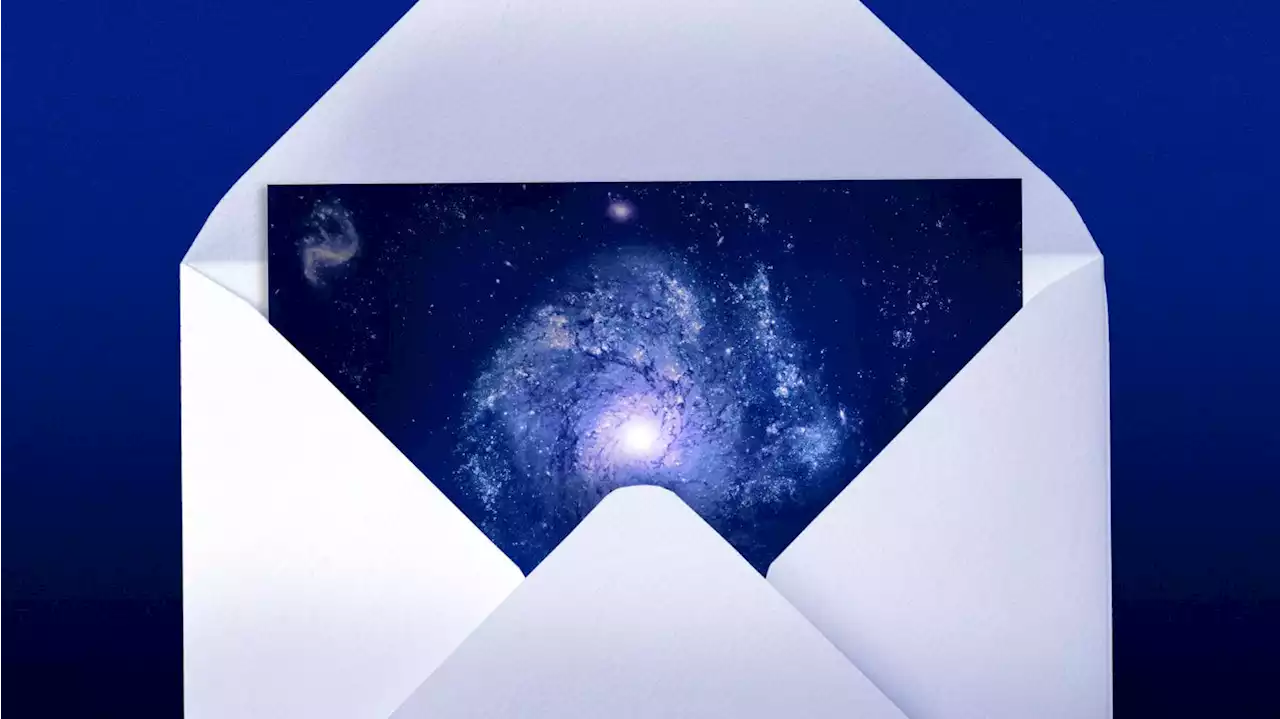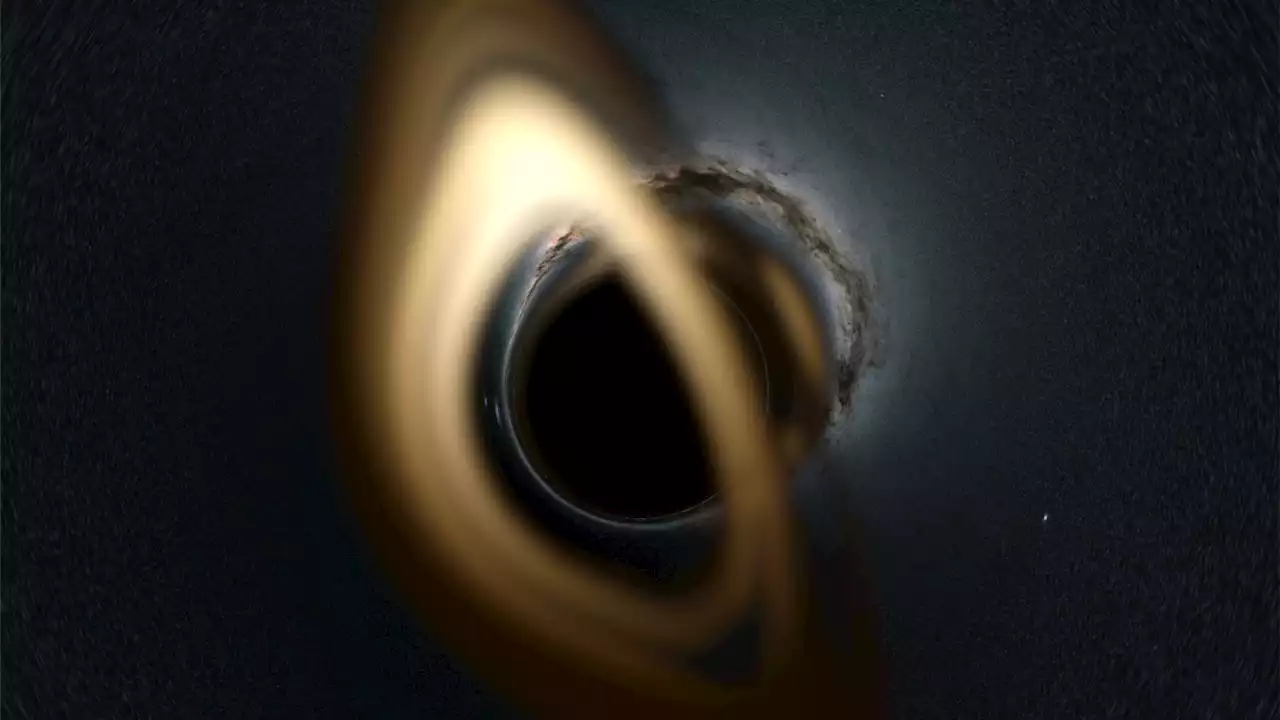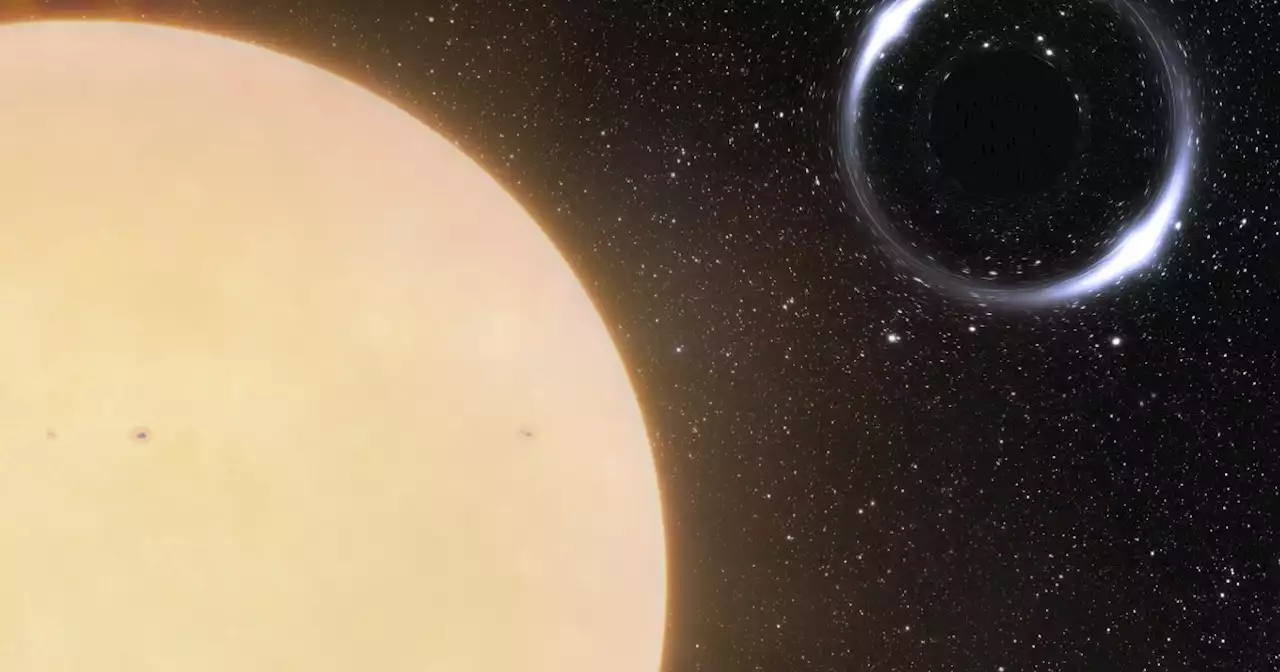A Black Hole's Jets are Coming From a Region 2,000 km Away From the Singularity Itself - by BrianKoberlein
In 1961 astronomers discovered a powerful x-ray source coming from the constellation Cygnus. Not knowing what it was, they named the source Cygnus X-1. It’s one of the strongest x-ray sources in the sky, and we now know it is powered by a stellar-mass black hole. Since it is only about 7,000 light-years away, it also gives astronomers an excellent view of how stellar-mass black holes behave.
For this study, the team used data from the Imaging X-Ray Polarimetry Explorer , which can capture not just x-rays but also their polarization. When they combined this data with other observations of Cygnus X-1, they found the x-rays are emitted not from the regions along the jets, but from a 2,000 km region perpendicular to the jets. In other words, the accretion disk itself is the primary x-ray source.
Ireland Latest News, Ireland Headlines
Similar News:You can also read news stories similar to this one that we have collected from other news sources.
 Polarized X-rays reveal shape, orientation of extremely hot matter around black holeResearchers' recent observations of a stellar-mass black hole called Cygnus X-1 reveal new details about the configuration of extremely hot matter in the region immediately surrounding the black hole.
Polarized X-rays reveal shape, orientation of extremely hot matter around black holeResearchers' recent observations of a stellar-mass black hole called Cygnus X-1 reveal new details about the configuration of extremely hot matter in the region immediately surrounding the black hole.
Read more »
 Elusive neutrinos caught streaming from a black hole hidden in dustTereza is a London-based science and technology journalist, aspiring fiction writer and amateur gymnast. Originally from Prague, the Czech Republic, she spent the first seven years of her career working as a reporter, script-writer and presenter for various TV programmes of the Czech Public Service Television. She later took a career break to pursue further education and added a Master's in Science from the International Space University, France, to her Bachelor's in Journalism and Master's in Cultural Anthropology from Prague's Charles University. She worked as a reporter at the Engineering and Technology magazine, freelanced for a range of publications including Live Science, Space.com, Professional Engineering, Via Satellite and Space News and served as a maternity cover science editor at the European Space Agency.
Elusive neutrinos caught streaming from a black hole hidden in dustTereza is a London-based science and technology journalist, aspiring fiction writer and amateur gymnast. Originally from Prague, the Czech Republic, she spent the first seven years of her career working as a reporter, script-writer and presenter for various TV programmes of the Czech Public Service Television. She later took a career break to pursue further education and added a Master's in Science from the International Space University, France, to her Bachelor's in Journalism and Master's in Cultural Anthropology from Prague's Charles University. She worked as a reporter at the Engineering and Technology magazine, freelanced for a range of publications including Live Science, Space.com, Professional Engineering, Via Satellite and Space News and served as a maternity cover science editor at the European Space Agency.
Read more »
 Tiny particles deliver message from a hidden supermassive black holeScientists detected some of the tiniest particles in the universe and tracked them back to a supermassive black hole hidden out of Earth's view.
Tiny particles deliver message from a hidden supermassive black holeScientists detected some of the tiniest particles in the universe and tracked them back to a supermassive black hole hidden out of Earth's view.
Read more »
 Astronomers have found the closest known black hole to EarthDiscovered by how it pushes around a companion star, the black hole is about 1,500 light-years away and roughly 10 times the mass of the sun.
Astronomers have found the closest known black hole to EarthDiscovered by how it pushes around a companion star, the black hole is about 1,500 light-years away and roughly 10 times the mass of the sun.
Read more »
 Astrophysicists Discover Closest Black Hole to EarthThe dense, dormant object is hiding in plain sight.
Astrophysicists Discover Closest Black Hole to EarthThe dense, dormant object is hiding in plain sight.
Read more »
 Closest known black hole to Earth spotted by astronomersAstronomers have discovered the closest known black hole to Earth, just 1,600 light-years away, three times closer than the previous record-holder.
Closest known black hole to Earth spotted by astronomersAstronomers have discovered the closest known black hole to Earth, just 1,600 light-years away, three times closer than the previous record-holder.
Read more »
